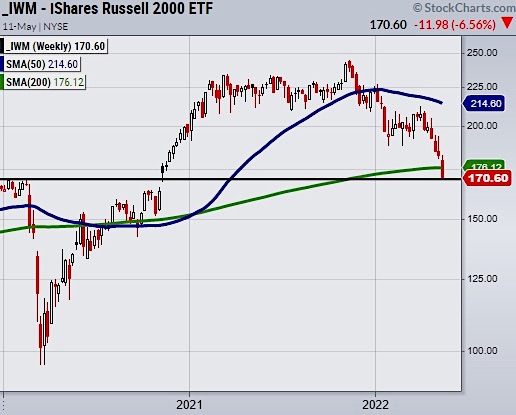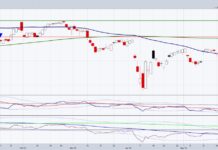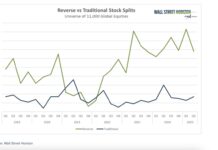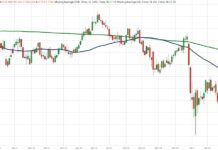
Taking a step back and looking at important reference points and percentages helps us grasp where the stock market is and where it’s potentially going.
Focusing on the small-cap index, the Russell 2000 (IWM) has broken its 200-Week moving average at $176.13.
The last time IWM was under its 200-WMA was in October of 2020.
The recent breakdown is leading many to ask, how much further can the stock market break down?
While that question cannot be answered with certainty, we can look for long-term support areas and average market drawdowns to give us clues on what will happen next.
To get straight to the point, let’s look at the above chart.
IWM is currently sitting on support right before the pandemic crash at $170.6. This price area needs to hold if IWM wants to stand its ground.
It should be noted that the past 15 bear markets had an average drawdown of -30% using the S&P 500.
Right now, the S&P 500 (SPY) is only down -17% showing it has room to break lower based on previous bear markets.
Additionally, IWM is down about -30% from its all-time high, and the Nasdaq 100 is down -28%. This places investors in a worrying spot as the market fundamentals don’t look too bright.
Inflation is at a 40-year high and geopolitical stress from the Ukraine war continues. Additionally, China’s recent surge of covid adds pressure on supply chain issues.
Having said that, we need to look for the major indices to find support at their current price areas. Especially in the IWM since it has the best technical support from the pre-pandemic breakdown.
If the stock market cannot rally at its current price area, watch for the downward trend to continue as the SPY heads closer to its average -30% bear market breakdown.
On the bright side, of the 15 bear markets, 5 ended after a -19% move lower.
Twitter: @marketminute
The author may have a position in mentioned securities at the time of publication. Any opinions expressed herein are solely those of the author and do not represent the views or opinions of any other person or entity.








